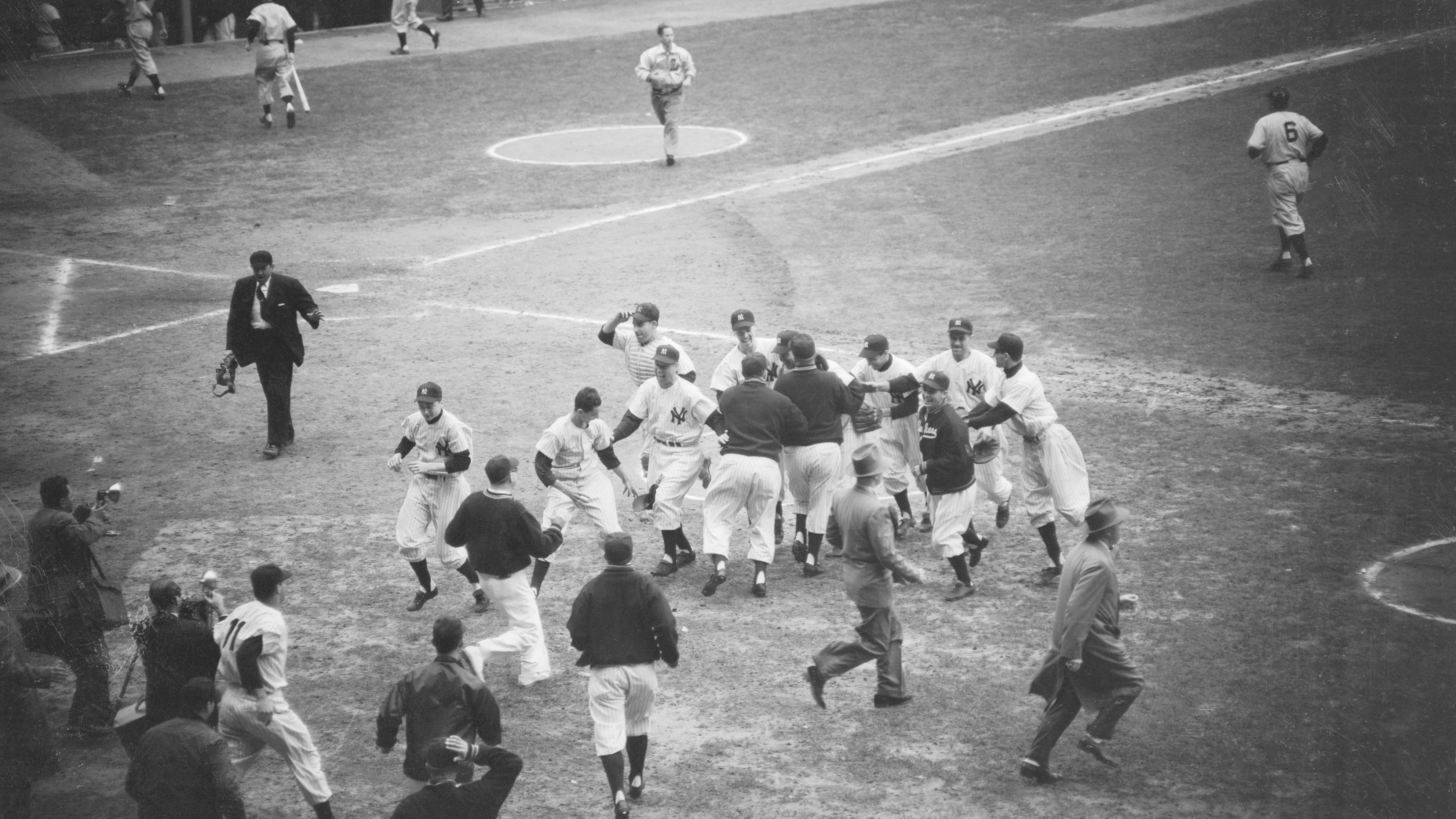LOS ANGELES -- Next spring, when a city's fancy turns to baseball, the Los Angeles Dodgers will take the field in a neighborhood newly christened Dodgertown. But Rachel Cantu and others who once lived there won't be celebrating.
The area's former residents will be marking the 50th anniversary of when the last families were driven out of a close-knit, largely Latino neighborhood they knew as Chavez Ravine. They were tossed out to make way for a new major league ballpark that would be called Dodger Stadium.
For Cantu, who works for a real estate agency, the memories are particularly painful. She was 10 when her mother, Aurora Vargas, was dragged by sheriff's deputies down the steps of her home of nearly four decades and taken to jail. Minutes later a bulldozer knocked the house down, and the rubble was buried under what is now the stadium parking lot.
"I don't have anything against the Dodgers. They're our team," said Cantu, 59, who still gets choked up when she talks about that day in May 1959. "It's just the process by which they got here. My mom is the one they carried out of her house."
Photos of Aurora Vargas holding a baby in her arms as tearful children watch her struggle with deputies have frozen that moment in time for many. She was sentenced to a month in jail and fined $500 for disturbing the peace.
To some, the name change is one more insult.
"I think 'Dodgertown' further eradicates the memory of the community that was lost to the construction of Dodger Stadium," said Eric Avila, a Chicano studies and history professor at the UCLA.
Sports
Get today's sports news out of Los Angeles. Here's the latest on the Dodgers, Lakers, Angels, Kings, Galaxy, LAFC, USC, UCLA and more LA teams.
Nine years before the team arrived from Brooklyn in 1958, local officials put forth a plan to raze the poor, semi-rural neighborhoods of Chavez Ravine and replace them with low-income public housing. Residents forced to sell their homes for what they complained were below-market prices were promised first crack at the new housing.
But after much of the land was acquired through eminent domain, Mayor Norris Poulson was elected in 1953 on an anti-socialism platform and the public housing plan was scrapped.
A few years later, as an enticement to come to L.A., the land was offered to the Dodgers. The final few residents who had fought for years to stay were kicked out, and their children's elementary school was buried under tons of dirt that was moved to build the parking lot.
"It was one of the most bald-faced, trick-bag things ever done in a city. It was absolutely nauseating," said musician Ry Cooder, whose acclaimed 2005 album "Chavez Ravine" recounts the area's history.
The bulldozing brought to an end three small communities consisting of about 1,000 families. They were neighborhoods with their own churches, stores and two public schools, one of which still survives in a canyon on the edge of the stadium.
The area, made up of winding canyons and brush-dotted hills, and with stunning views of the downtown skyline, is sometimes remembered as the poor man's Shangri La, although Cantu said that's an exaggeration.
"There was just a lot of hills with weeds and stuff," she said, laughing. "But it was like our own country."
Ira Angustain was only 9 months old when his family's house was knocked down in 1959, but he feels as passionately about the moment as those who were old enough to remember.
"People who lived there would bury their babies' umbilical cords in the dirt there, that's how much the land meant to them," the 50-year-old actor-filmmaker said, his voice cracking with emotion. "There's a lot of memories and a lot of people hurt over it. I have a lot of family members who say they will never go to Dodger Stadium because of it."
Angustain has been to a few games there, but he favors the Los Angeles Angels.
The move to rename the 276 acres that encompass Dodger Stadium and the parking lot was proposed by City Councilman Ed Reyes, who was not always the Dodgers' biggest fan.
"I had relatives who were impacted by the displacement, and I understand the sense of betrayal that certain folks feel," Reyes said.
But times have changed, he added, and the Dodgers, under current owners Frank and Jamie McCourt, have been generous to the city, helping build baseball fields and giving to charity.
What's more, Reyes said, some of the area immediately surrounding the stadium will still be known as Chavez Ravine, the name linking it to 19th century rancher Julian Chavez, one of the first members of the Los Angeles County Board of Supervisors.
Reyes' motion, passed by the City Council earlier this month, still needs federal approval because it would create a separate ZIP code for Dodgertown. Reyes said he expects that by the end of the year.
The Dodgers say they have no intention of burying the original name, and are looking into ways to promote it as part of a refurbishing that will add shops and a restaurant to Dodgertown by 2012.
"I think there will be a thriving, unified effort to make sure that the larger area of Chavez Ravine, within which Dodgertown resides, will be remembered," said Dodgers spokesman Charles Steinberg.
Albert "Beto" Elias will be back in Chavez Ravine again next summer -- not for a Dodger game, but for a picnic across the street at a park where he and other members of a group called Los Desterrados (Spanish for "The Uprooted") have been gathering almost every year since they had to leave their homes.
"'Dodgertown,' huh?" he said contemplating the new name. "How can you call it a town when no one lives there anymore?"



